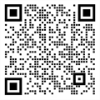Piezoelectric material, it has a magical effect - the piezoelectric effect. It is this piezoelectric effect that combines electromagnetic waves with sound waves (mechanical waves). So today, let's learn about this magical piezoelectric effect.
Ⅰ. Piezo History
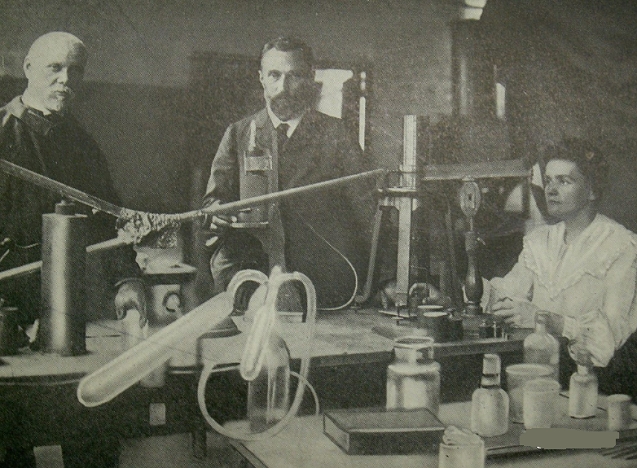
Figure. 1
At the Paris Academy of Sciences in 1880, brothers Pierre and Jacques Curie served as lab assistants. They discovered that pressing crystals like quartz, tourmaline, and Rochelle salt produced an electrical charge on their surfaces. The direct piezoelectric effect is the name given to the mechanism by which mechanical energy is transformed into electrical energy. The Greek word "piezo" means "to press." If one pulls or squeezes along the main axis (of a quartz block), an equal amount of the opposite sign appears at the end of that axis, which is proportional to the force and independent of the size of the quartz. This observation was later summarized by Jacques in his 1889 paper Annales de Chimie et de Physique.
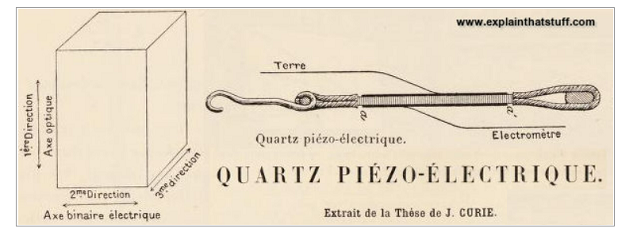
Figure. 2
Gabriel Lippman anticipated the opposite result in 1881 using a mathematical derivation of basic thermodynamic principles, namely that the application of an electric field to these materials would cause internal mechanical strains. Through tests, the Curies swiftly proved this inverse piezoelectric effect.
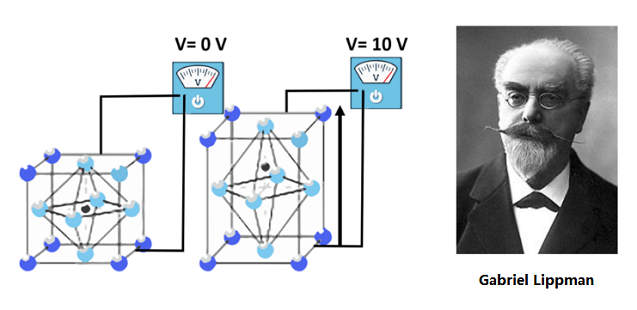
Figure. 3
In the latter quarter of the 19th century, piezoelectricity emerged as a new field of study, piqued by the scientific community's intense interest in the phenomenon. The result of this investigation was Woldemar Voigt's 1910 textbook Lehrbuch der Kristallphysik, which listed 20 categories of naturally occurring crystals that exhibit piezoelectric properties.
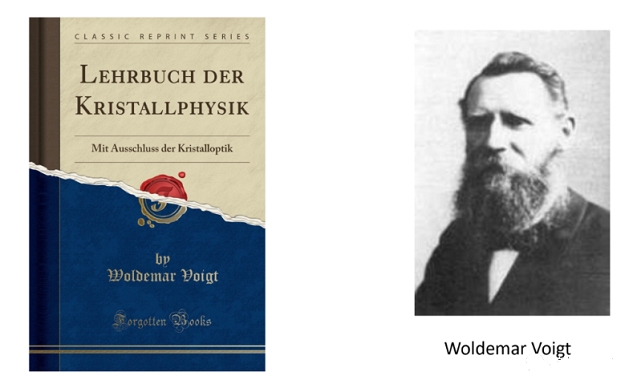
Figure. 4
Although Curie's discovery has sparked interest in the scientific community, it will be some time before the first practical application of piezoelectric materials.
Ⅱ. Piezoelectric Applications
Sonar was created by Paul Langevin and his associates in France during the First World War and was the first practical application. They created an underwater ultrasonic probe that consists of two steel plates sandwiching a sensor and a hydrophone constructed of thin quartz crystals. The hydrophone picks up the return echo when the transducer pulses a high frequency into the water. The depth can be determined by timing the amount of time it takes to hear the echo.
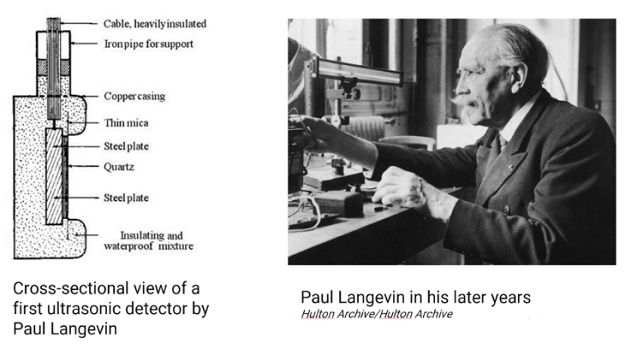
Figure. 5
After the war, the detector design was finally perfected. However, the project's success has generated a lot of interest in piezoelectric technology in industrialized nations. As a result, numerous novel uses for piezoelectric crystals were created during World Wars I and II, including signal filters, microphones, accelerometers, and phonograph pickups.
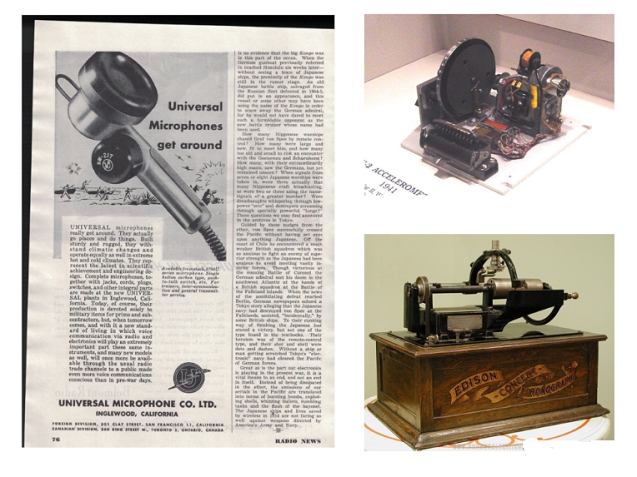
Figure. 6
The elasticity and viscosity of materials are also measured using upgraded ultrasonic transducers. Research on materials has greatly advanced as a result of this. Additionally, the advancement of time domain reflectometry made it possible to discover flaws in cast metal and stone items that were previously undetectable, increasing structural safety.
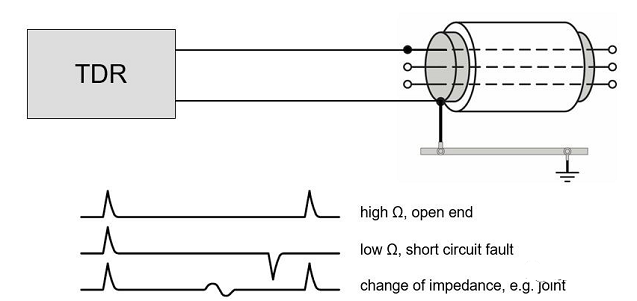
Figure. 7
Natural substances like quartz, tourmaline, and Rochelle salts have a negligibly modest piezoelectric effect. The piezoelectric constants of a class of synthetic materials known as ferroelectrics are significantly higher than those of natural materials.
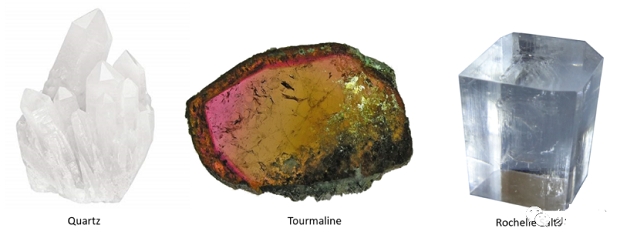
Figure. 8
During World War II, research teams from three nations (the US, Japan, and Russia) independently developed the ferroelectric ceramic substance barium titanate (BaTiO3). Scientists at the Tokyo Institute of Technology created lead zirconate titanate (PZT) in 1952, which has a better sensitivity and operating temperature.
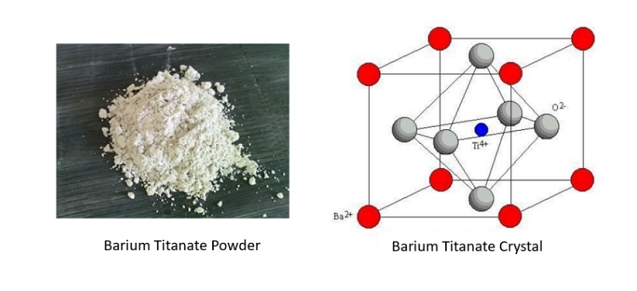
Figure. 9
The United States has made great technological progress in the decades since World War II, but piezoelectric device market development has lagged behind this scientific progress. This is explained by the secrecy surrounding the business operations of the organization where the growth is taking place. This may have been attributed in part to the industry's start during World War II and in part to the idea that patents and exclusive techniques would lead to significant financial gains.

Figure. 10
In contrast, producers in Japan collaborate to quickly resolve technological issues and open up new markets. New families of non-patentable piezoelectric ceramics have also been developed as a result of materials research. Piezoelectric ceramic igniters and signal filters for TV and radio sectors are among the goods created by Japanese producers.
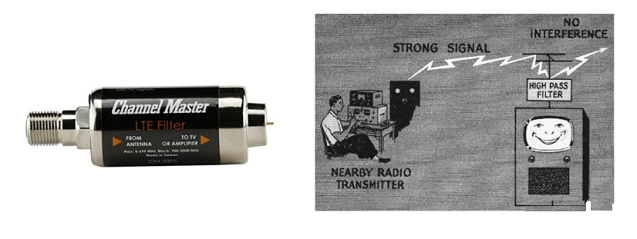
Figure. 11
Ⅲ. Piezoelectric Principle
From the history of the discovery of piezoelectricity, we know that the inverse piezoelectric effect is the process by which materials are deformed by voltage, that is, electrical energy is converted into mechanical energy. The piezoelectric effect is the process by which materials are subjected to pressure to generate voltage, that is, the process of converting mechanical energy into electrical energy. the action of. The piezoelectric effect is schematically depicted in the figure below.

Figure. 12
This results from the uniqueness of the subject matter. Regular crystals are identified by their unit cells, an ordered and repeating structure of atoms connected by bonds.Even if deformation is applied, the overall charge centers of positive and negative ions balance out in the unit cell of non-piezoelectric materials, preventing overall polarization. such as copper, iron, and other metals.
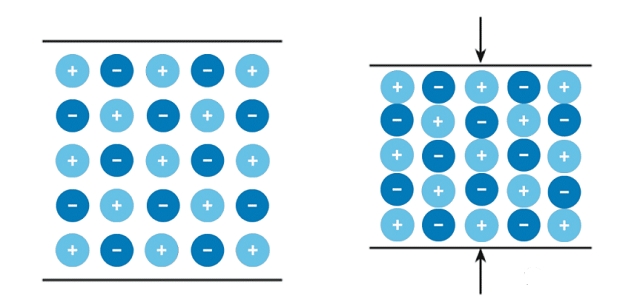
Figure. 13
For piezoelectric materials, the crystal's structure is asymmetrical, but when no external force is applied, the crystal is in a stable state and doesn't display electrical polarity to the outside. However, when an external force is applied, the crystal's atoms will be dispersed and the electricity inside will be dispersed. Electrical polarity is created when the balance shifts. The crystals in a piezoelectric substance similarly expand and compress as you apply a voltage, transforming electrical energy into mechanical energy.
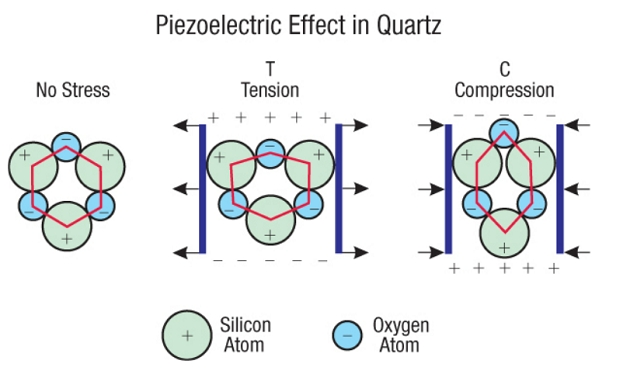
Figure. 14
Ⅳ. Piezoelectric Equation
Through the aforementioned explanation, it is clear that the piezoelectric effect essentially relates to a material's combination of mechanical and electrical capabilities. Hooke's law for elastic materials must be met for the mechanical properties of materials to exist:
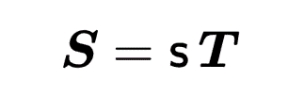
Figure. 15
in the formula
S is the strain of the material
T is the pressure
s is the strain factor of the material
For the electrical properties of the material, it can be described by the electrical displacement equation

Figure. 16
in the formula
D is the electrical displacement density
e refers to the relative permittivity of the material
E is the electric field strength
As demonstrated in the following equation, which is the most fundamental equation of the piezoelectric effect, these equations can be combined to construct a piezoelectric coupling equation. The piezoelectric characteristics and piezoelectric coefficients of various piezoelectric materials differ from one another. For instance, the quartz's pressure Lead zirconate titanate (PZT) has a piezoelectric value of 3 10 -10 and an electrical coefficient of 3 10 -12.
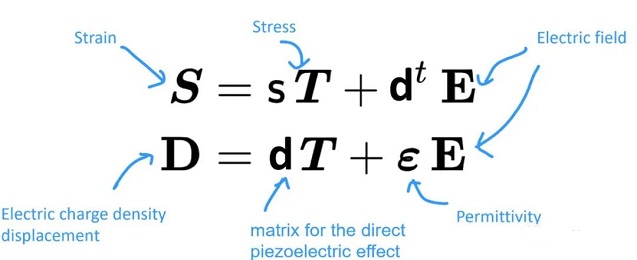
Figure. 17
Ⅴ. Piezoelectric material
The Curies investigated the surface charges of numerous substances during the discovery of the piezoelectric effect and discovered that substances like sucrose, tourmaline, quartz, topaz, and Rochelle salt have the piezoelectric effect. They also discovered the characteristics of quartz and Rochelle salt. The greatest effect is the piezoelectric effect. More and more piezoelectric materials are being created as a result of scientists' ongoing research. We categorize them into the following groups.
① Natural Crystals: Quartz, Sucrose, Rochelle Salt, Topaz, Tourmaline, Berlin Stone.
② Artificial crystal: Gallium orthophosphate (GaPO 4 ), Langasite (La 3 Ga 5 SiO 14 )
③ Piezoelectric ceramics: barium titanate (BaTiO 3 ) lead titanate (PbTiO 3 ) lead zirconate titanate (PZT) potassium niobate (KNbO 3 ) lithium niobate (LiNbO 3 ) lithium tantalate (LiTaO 3 ) sodium tungstate (Na 2 WO 4 ) Sodium Potassium Niobate (NaKNb) Bismuth Ferrite (BiFeO 3 ) Sodium Niobate (NaNbO 3 ) Aluminum Nitride ALN Zinc Oxide ZnO
④ Biopiezoelectric materials: tendon wood silk enamel dentin collagen
In the sphere of radio frequency, materials serve as the foundation for technical advancement. The significant advancement in radio frequency design has been facilitated by the use of piezoelectric materials as well as gallium nitride. The majority of those who work in radio frequency lack the necessary material science skills, thus we hope that this article will provide us a basic grasp of piezoelectric materials.
- Prev:None
- Next:The Strongest Introductory Science on Semiconductor Storage
Related information
-
Phone
0755-85270899 -
Wechat
